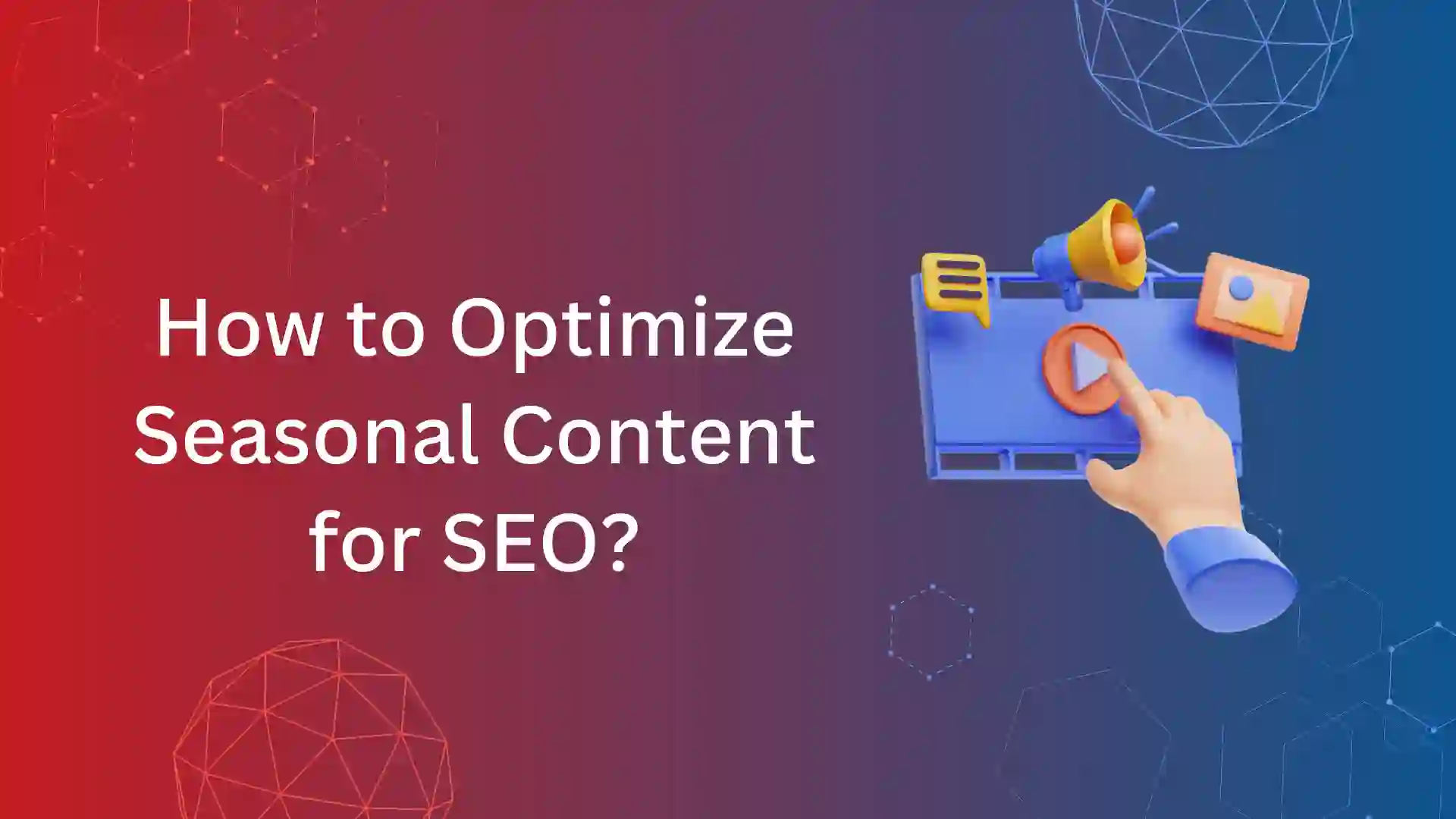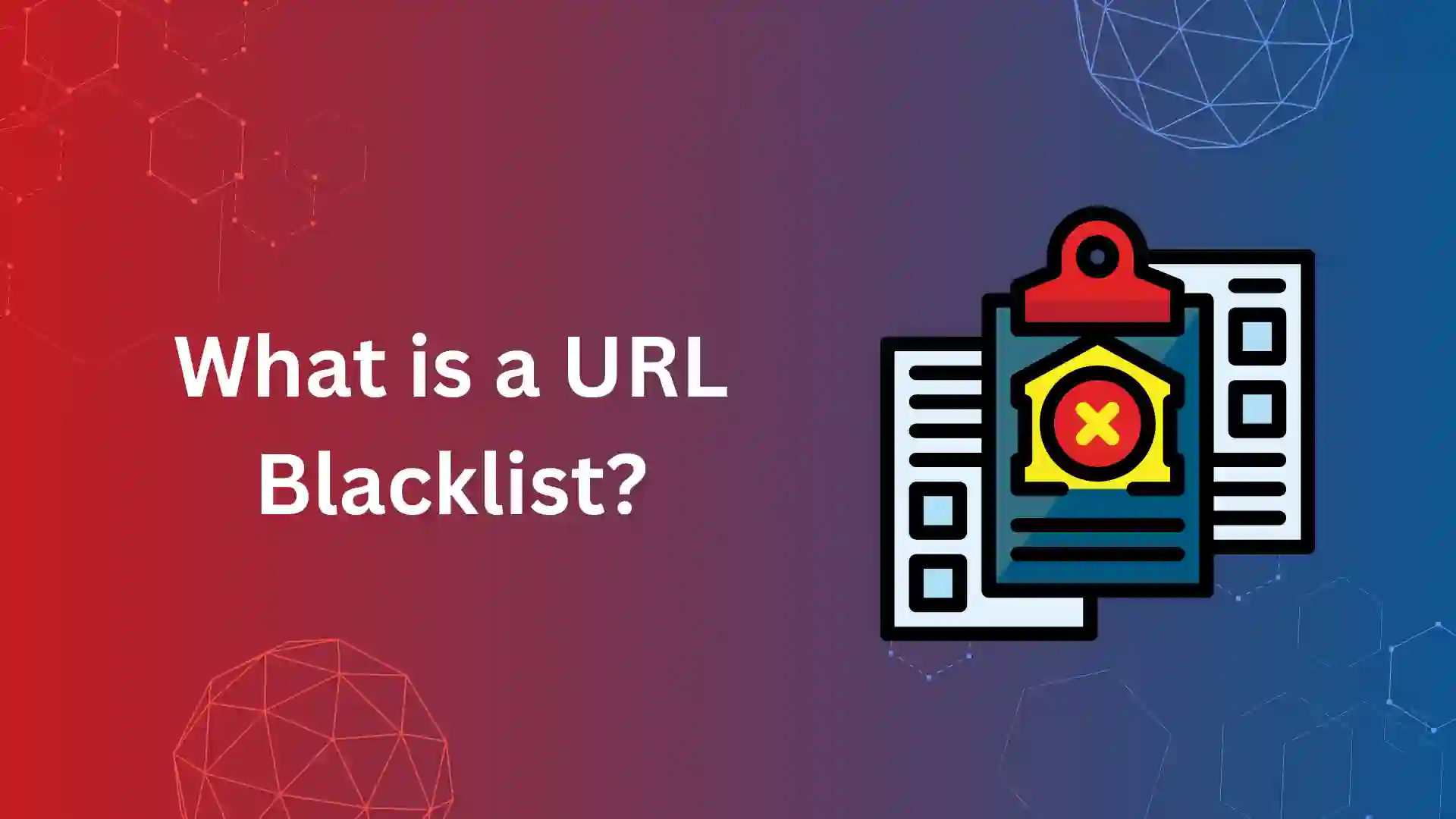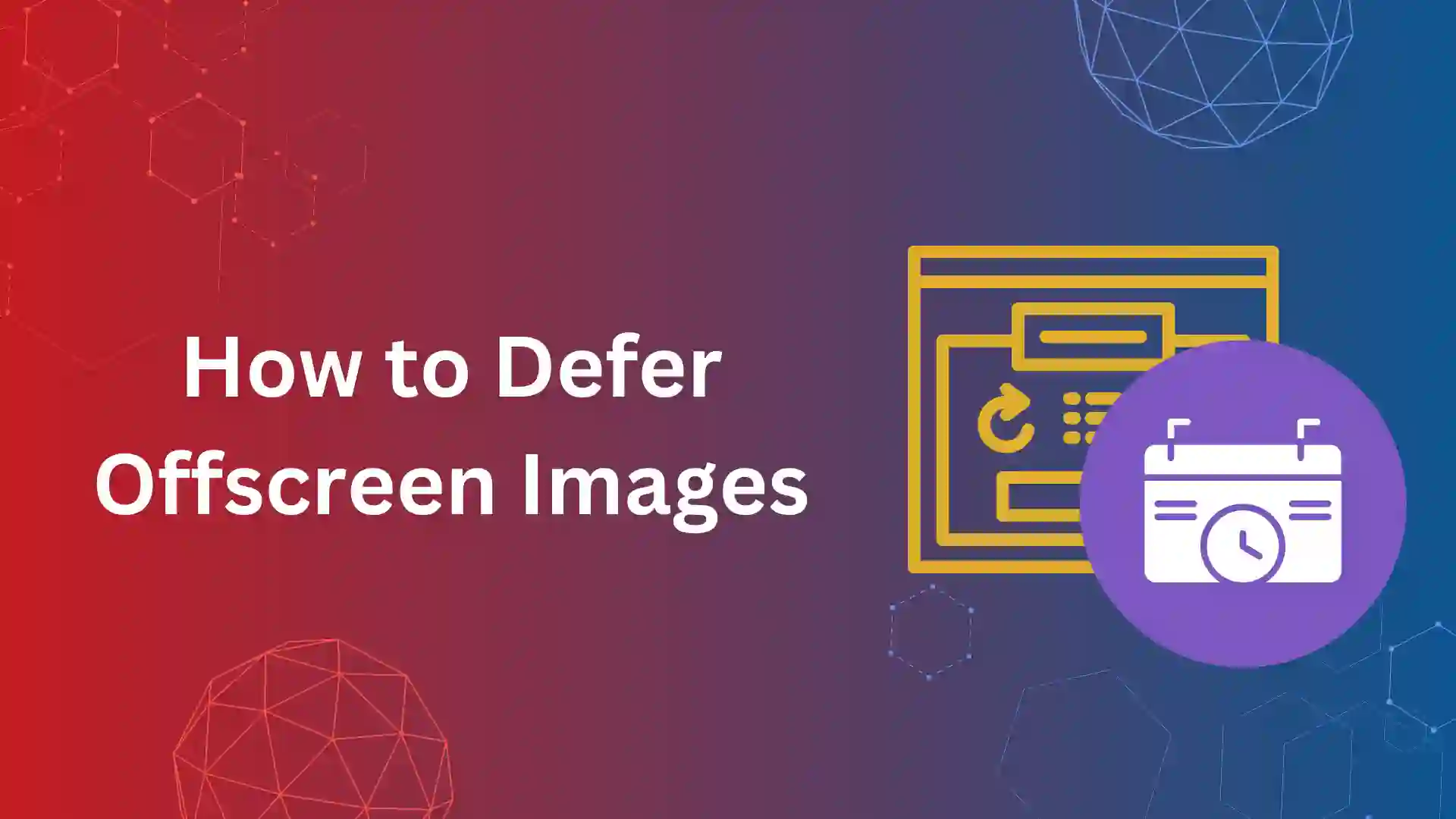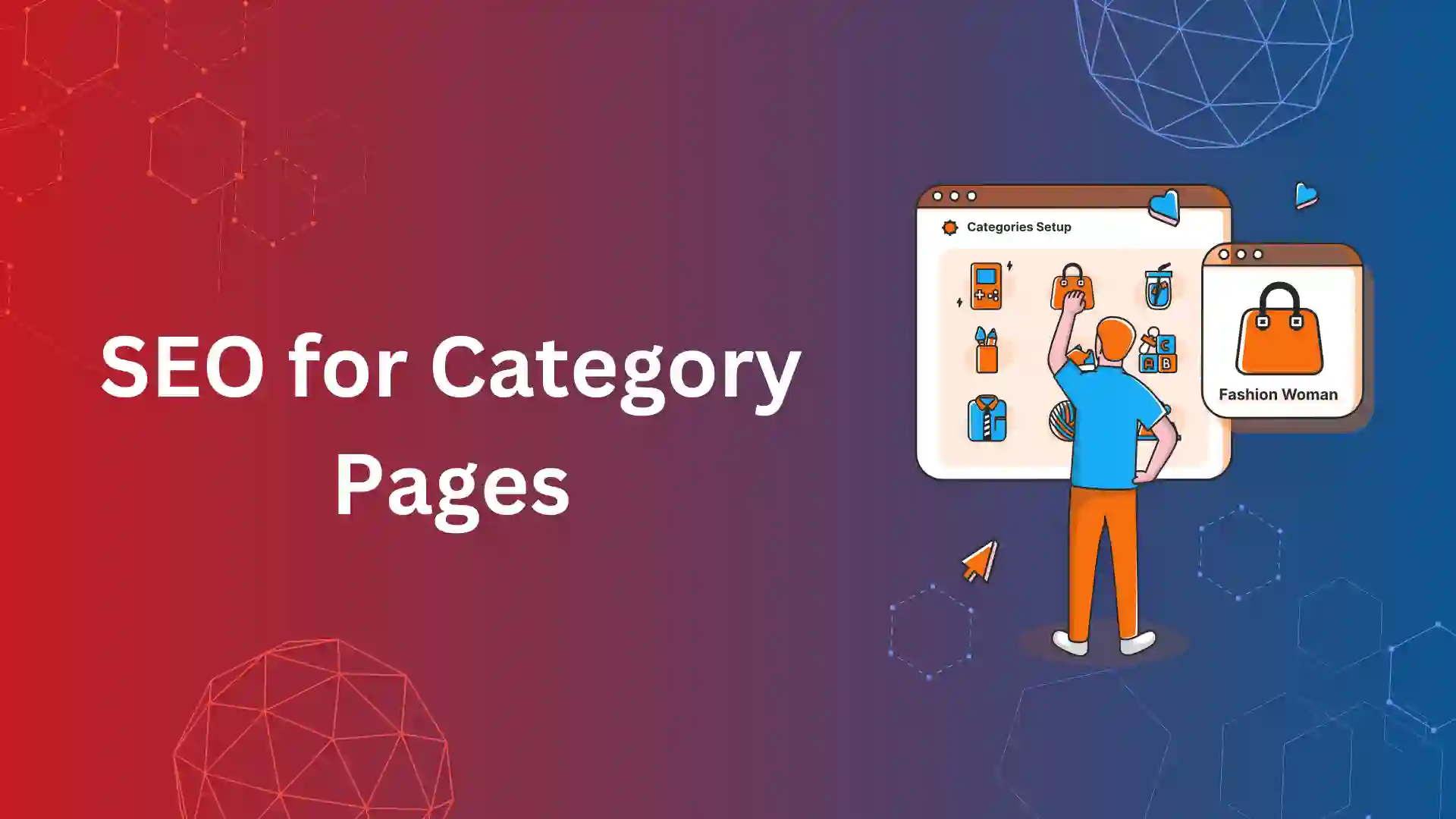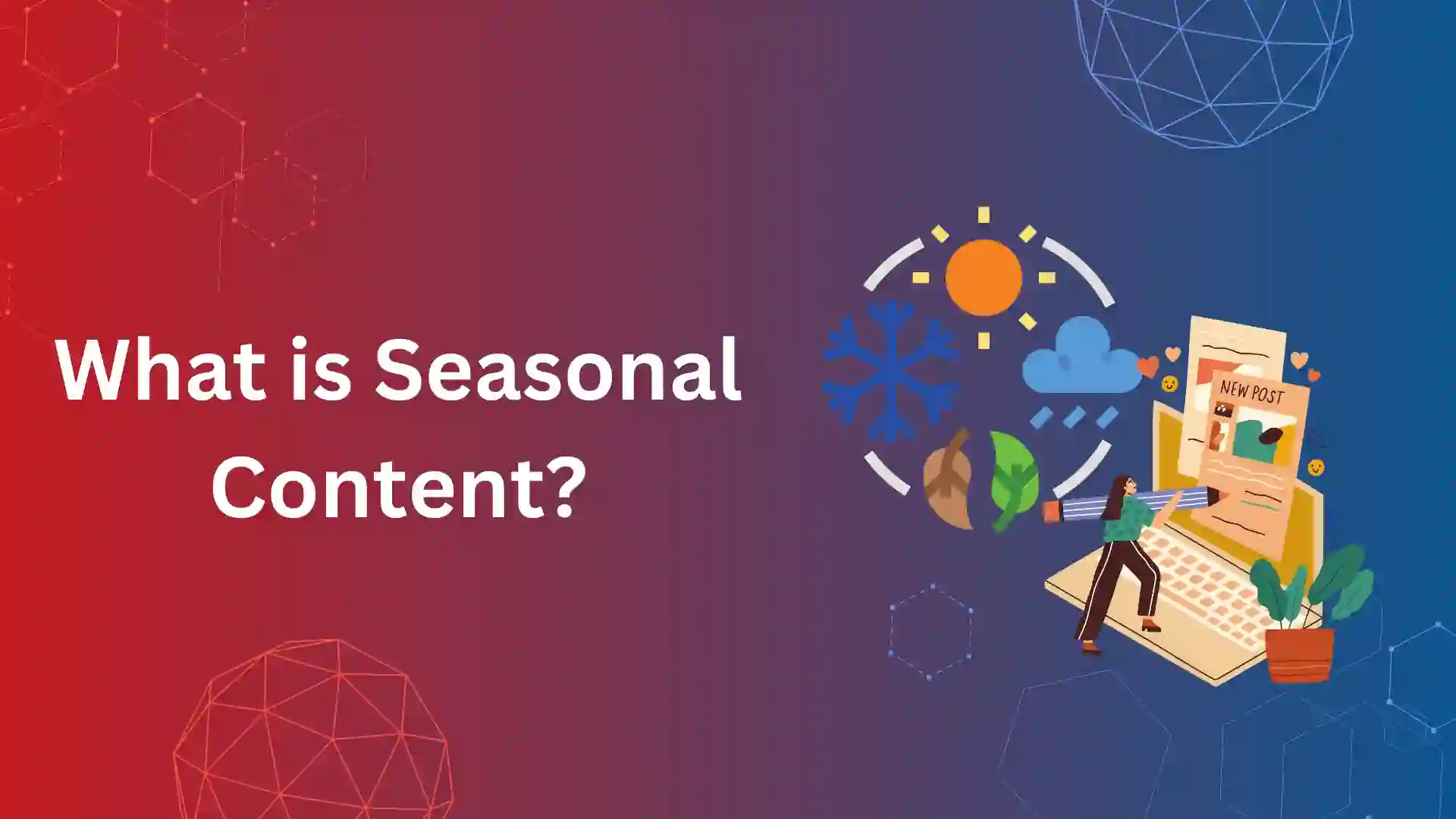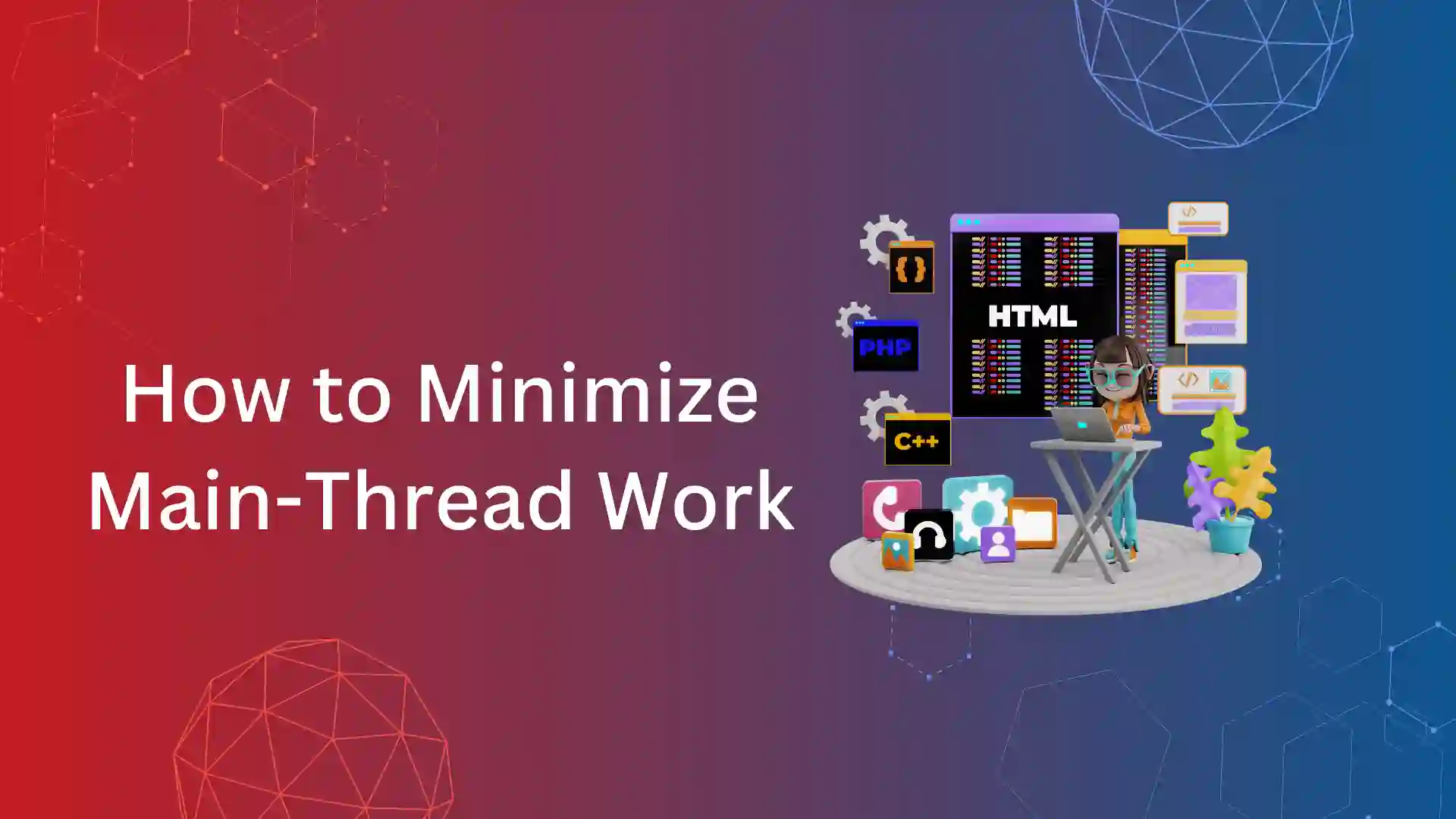Are you curious about how to turn your content into a Seasonal Sensation that dominates Search Engine Results?
It’s all about specializing in Seasonal Content Optimization for SEO.
In the world of Digital Marketing, where trends change as quickly as the seasons, gaining knowledge in Seasonal Content optimization is essential to staying relevant, attracting organic traffic, and boosting the brand’s visibility.
Seasonal Content provides an excellent opportunity for businesses to engage with their target audience in a relevant and timely manner.
Strategically aligning the content with Seasonal trends, can help to grab the attention of the target audience, increase engagement, and rank highly in search engine results.
Whether it is a Holiday campaign, Seasonal Sensations or Sudden Trends, this guide will provide you with the knowledge and strategies to make your content stand out during relevant times of the year.
Let’s get into the ultimate guide on how to optimize seasonal content for SEO Success.
Benefits of Optimizing Seasonal Content for SEO:
Optimizing Seasonal Content provides many advantages that positively impact the efforts to make a strong online presence.
The following are some Key advantages:
- Increased visibility leads to higher organic traffic.
- Attracts Highly relevant audience.
- Higher Return on Investment (ROI)
- Improved targeted audience engagement
- Enhanced brand authority
- Making Profits with Seasonal Trends.
Even though Seasonal Content might not last as long as Evergreen content, it can still be relevant, and sustainable for a long term and attracts leads, if it gets featured strongly in higher search results.
How to Optimize Seasonal Content for SEO?
Optimizing Seasonal Content requires a strategic approach to ensure increased visibility and relevance during specific times of the year.
The breakdown of some effective strategies to optimize Seasonal Content for SEO is as follows:
1.Conduct Keyword Research
Keyword Research is fundamental for optimizing Seasonal Content since it helps to identify the terms and phrases that the target audience are actively searching for during specific times of the year.
Here is how to conduct Keyword Research for Seasonal Content Optimization:
- Make Use of Tools – Keyword Research tools such as Google Keyword Planner, SEMrush, Ubersuggest, or Ahrefs help to identify relevant keywords and phrases related to the Seasonal topics.
Begin with the seed keywords or phrases related to the season to examine the search volume, competition, Relevance and keyword difficulty.
- Consider Seasonal Trends – Utilize tools like Google Trends or Social Media Analytics to research the Seasonal Trends, Hash Tags, Search Insights and Customer behavior
Find rising Search queries, emerging topics are popular products related to the season that you can address with the content.
- Examine for Seasonal Variations – Consider variations of Seasonal keywords which include different spellings, abbreviations, synonyms and localized terms.
Eg: “Christmas” may also be referred to as “X-mas”, “festive period” , or “Holiday Season”.
- Find Long-tail keywords – Identify Long-tail keywords related to Seasonal topics that have lower competition but have higher relevance to the target audience.
Long tail keywords can attract highly targeted traffic to the Seasonal content as it reflect more specific Search intent.
- Analyze the keywords of competitors – Examine the keywords used by the competitors and other Seasonal Content to identify the keywords they are targeting and ranking for.
By targeting similar keywords or identifying unexplored Niche topics, look for opportunities to compete or stand out.
- Prioritize High-Impact Keywords – Prioritize keywords based on factors such as high search volume, low competition and high relevance to the Seasonal Content objectives.
Concentrate on targeting keywords that align with the target audience Interests, Needs and Search Intent during the season.
2.Content Planning and Scheduling
Seasonal Content Optimization requires effective planning and scheduling to make sure the content is timely, relevant and aligned with the Marketing objectives.
Here is the breakdown of how to plan and schedule Seasonal Content for Optimization:
- Plan ahead – Plan the Seasonal Content Strategy well in advance to allow for plenty of time to conduct research, create content and optimize.
- Create a Seasonal Content Calendar – Develop a Content Calendar that outlines the Seasonal Content Strategy of the year.
Mark out important dates, holidays and events as well as plan content themes, formats and topics for each season.
Include deadlines for tasks like content ideation, creation, optimization and promotion within the calendar.
Align Seasonal Content with Brand Objectives – Plan the Seasonal Content in accordance with the broader Marketing objectives and initiatives to maximize impact.
3.Delivering Timely and Relevant Content
Seasonal Content Optimization demands a combination of proactive planning, flexible execution and a deep understanding of the target audience preferences and search patterns.
- Timely Content – After planning and scheduling the Seasonal Content relevant to each season with the theme and format, it should be effectively created and optimized.
The content should be delivered on time during the peak seasonal periods. It should not be published not so early, not so late.
- Relevant Content – Ensure the relevance of the Seasonal Content in each stage like content ideation, creation, optimization and publishing that it aligns with the needs and interests of the target audience.
Make sure, it should also be relevant with corresponding Seasonal Sensations.
4.Make use of Evergreen Content
Incorporating Evergreen content into the Seasonal Content Optimization Strategy offers several benefits such as maintaining a consistent online presence, attracting traffic throughout the year and enhancing Seasonal Campaigns.
Here is how to effectively utilize evergreen content in the Seasonal Content Optimization efforts:
- Find Evergreen topics relevant to the Season – Search for Evergreen topics or themes that are relevant to the target audience’s interests and fit into the major themes of the season.
Eg: Topics like “healthy eating tips”, “stress management techniques” can be relevant throughout the year and adaptable to different Seasonal Contexts.
- Adapt Evergreen Content to Seasonal Variations – Modify the Evergreen content with relevant Seasonal elements, themes or updates.
Incorporate seasonal keywords, images and references related to current events or holidays to make the evergreen content timely and relevant during specific seasons.
- Connect Evergreen Content to Seasonal Campaigns – Include links to Evergreen content within the seasonal campaigns to offer additional value and context to the audience.
Utilize Evergreen content to support and enhance the Seasonal marketing efforts by offering deeper insights or further information on related topics.
5. Prioritize Content Presentation
Prioritizing Content Presentation in Seasonal Content Optimization ensures that the content is not only relevant to the season but also engaging and visually appealing to the target audience.
The following steps demonstrate how to effectively prioritize content presentation in seasonal content optimization:
- Seasonal Images and Graphics – To improve the visual appeal of the content, include seasonal images and graphics.
Whether it’s festive decorations for the holidays or colorful nature scenes for spring or summer, use high-quality images, illustrations or graphics that capture the essence of each season.
- Interactive and Multimedia Components – To improve user engagement and provide a more immersive experience, incorporate Interactive elements and Multimedia Content.
Consider adding videos, animations, infographics and interactive quizzes that educate, entertain and inspire the target audience in alignment with Seasonal themes.
- Optimizing Call-To-Actions (CTAs) – Optimize the CTAs to encourage user interactions and achieve desired actions.
Add Seasonal CTAs that align with the theme or context of the content like “Download your Spring Cleaning Checklist”, “Shop Now for Holiday Gifts”
Place the CTAs strategically within the content and it should be visually prominent.
6.Optimize On-Page SEO
The optimization of On-Page SEO for Seasonal Content includes enhancing the content, structure and metadata that align with the Seasonal themes and keywords while considering the best practices for search engine optimization.
The following is how to optimize On-Page SEO:
- Clear and Compelling Headlines – Create clear and compelling headlines that capture attention and convey the value statement of the Seasonal Content.
To make the headlines attention grabbing and encourage the audience to click and interact with the content, add seasonal keywords and catchy phrases.
- Structured Content Layout – Make your content easy to read and navigate by organizing it in a structured layout.
To make text more readable, use bullet points, headings, sub-headings and short paragraphs to break up text.
- Optimization of Content – Naturally incorporate Seasonal Keywords into the content and make sure the information provided is valuable and addresses common questions and concerns related to the season.
Create high-quality content that meets the needs of the target audience while making use of seasonal themes and trends to enhance relevance and engagement.
- Optimization of Meta Tags – Use Seasonal Keywords in the meta titles and descriptions to encourage readers to click through from Search Engine Results Page (SERPs) to the content.
Use Schema Markup to provide Search engines more information about the Seasonal Content such as Event dates, Locations and Exclusive Deals.
- Optimization of Images – Optimize images used in the Seasonal Content with descriptive file names and alt text that are incorporated with relevant keywords.
Use responsive images, improve page load times and implement lazy load techniques to make sure the images are displayed correctly across different devices and screen sizes.
Also, Focus on optimizing the page speed and ensure mobile-friendly design to enhance user experience and improve search engine rankings for the Seasonal Content.
7.Promote Across Multiple Channels
To Maximize Seasonal Content’s impact, engagement and reach, it is essential to promote across multiple channels.
The following are some key points highlight how to promote seasonal content across various channels:
- Create engaging Social media posts highlighting the relevance and importance of the seasonal content by integrating seasonal images, hashtags, and Call-To-Actions (CTAs) to encourage user engagement and sharing.
- Experiment with different formats of content such as images, videos, carousels, and live streams to see what works best for the target audience on each platform.
- Create a dedicated Email Marketing Campaign by including compelling Email subject lines, attractive images, and animated GIFs to make the emails more visually appealing and engaging.
8.Utilize Seasonal Link Building
Making use of Seasonal Link Building in the Seasonal Content Optimization Strategy helps to improve the visibility, authority and relevance of the seasonal content in search engine rankings.
Here is how to take advantage of Seasonal Link Building:
- Find trustworthy websites or blogs within the Niche or Industry that accepts Guest Posts and suggest the Seasonal Content for publication.
- Collaborate with bloggers, content creators and influencers who have the relevant and engaged audience to secure backlinks to the Seasonal Content.
- Identify Potential Partners who share similar target audiences but offer non-competing products or services and explore opportunities for joint promotions, co-branded campaigns and reciprocal content sharing.
9.Offer Diverse Content
To effectively optimize content for different seasons, it is needed to offer a variety of content formats, topics and perspectives that meet the interest and preferences of the target audience.
Here is how to offer diverse seasonal content:
- Content Formats – Provide a diverse range of content formats such as blog posts, videos, articles, podcasts, slideshows, infographics, interactive quizzes and downloadable resources.
Experiment with different content formats to identify which ones the audience responds to the best during specific seasons and adjust the strategy accordingly.
- Segmenting the Audience – To create content that satisfies the needs and preferences of different audience segments, partition the audience according to demographic data, interests, preferences and behavior.
Create content targeted to different audience segments, addressing their unique pain points, interests and aspirations related to each season.
Conclusion:
In conclusion, Optimizing Seasonal Content is a strategic execution that requires pre-planning, creativity, and adaptability.
By following the steps in this article, Seasonal Content can be well-prepared, efficiently promoted, and highly visible to the target audience during peak seasonal periods.
From conducting Keyword Research to creating diverse formats of content and promoting Seasonal Content Optimization plays a significant role in driving traffic, engagement, and conversions.
But remember to stay updated to Seasonal trends, industry advancements and user preferences, allowing to continuously refine and enhance the Seasonal Content Strategy over time.
By taking advantage of the opportunities that come with each season and providing timely, relevant and valuable content to the target audience, you can position your brand as a reliable authority, build stronger relationships with the audience and achieve sustainable growth and success in the competitive digital landscape.
So, Welcome the transition of seasons and watch your content succeed.
Frequently Asked Questions:
Seasonal Keyword Trends can be identified with the help of several tools.
Google Trends is a free and useful resource to track search interest for specific terms over time.
Platforms for Keyword Research can also provide insights about variations in search volume throughout the year.
Backlinks are important in optimizing Seasonal Content for SEO, because they increase the content’s authority and relevance for search engines.
Focus on building high-quality backlinks through outreach, guest blogging and partnerships and monitor it regularly to ensure a diverse and organic link profile.
Obtaining backlinks from reliable websites and authoritative sources can improve the content’s visibility and ranking position for Seasonal Keywords.
Yes. Evergreen Content can be updated to align with Seasonal themes and should be optimized with relevant keywords and meta tags.
Make sure to update the content to reflect current trends and advancements and add seasonal elements such as images or examples to enhance its relevance.

